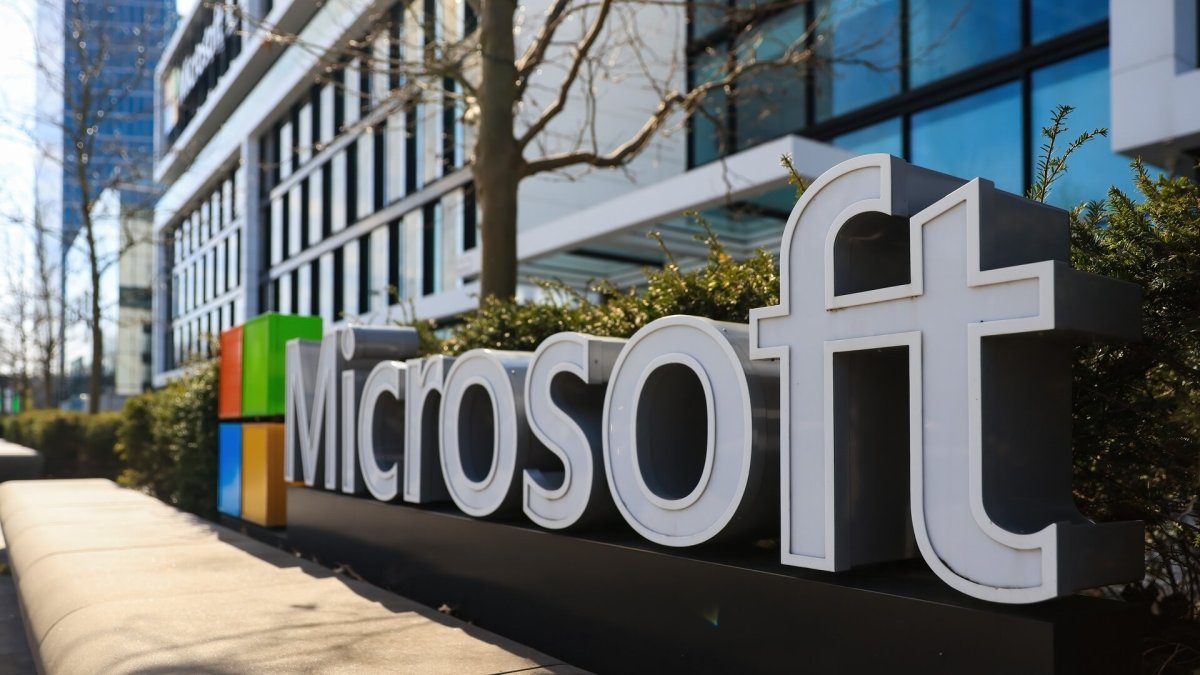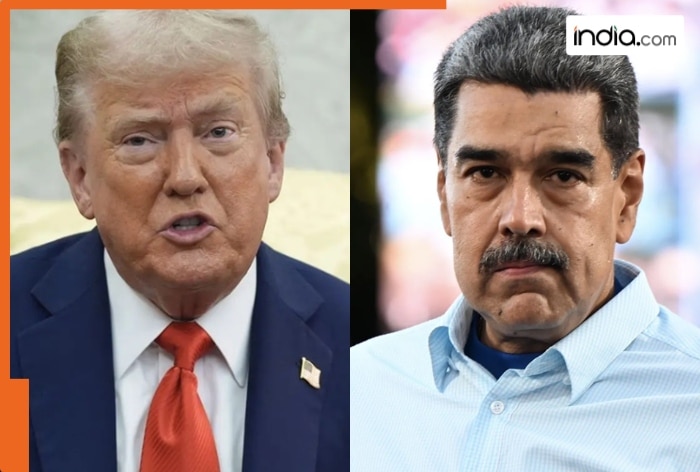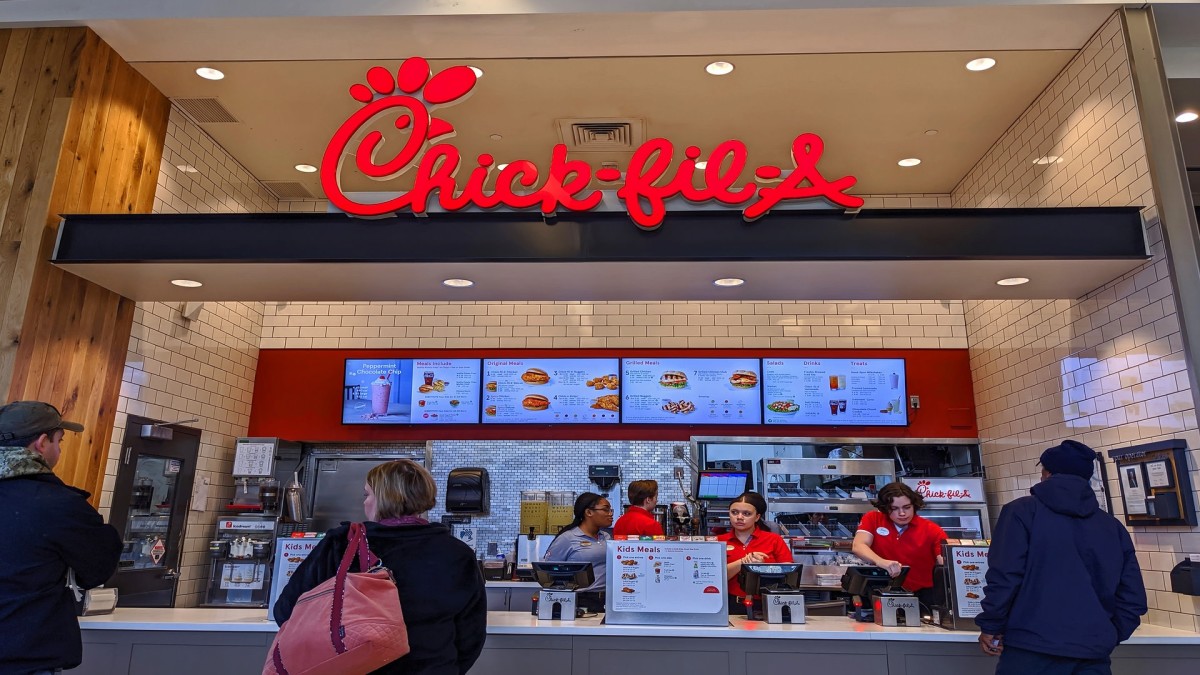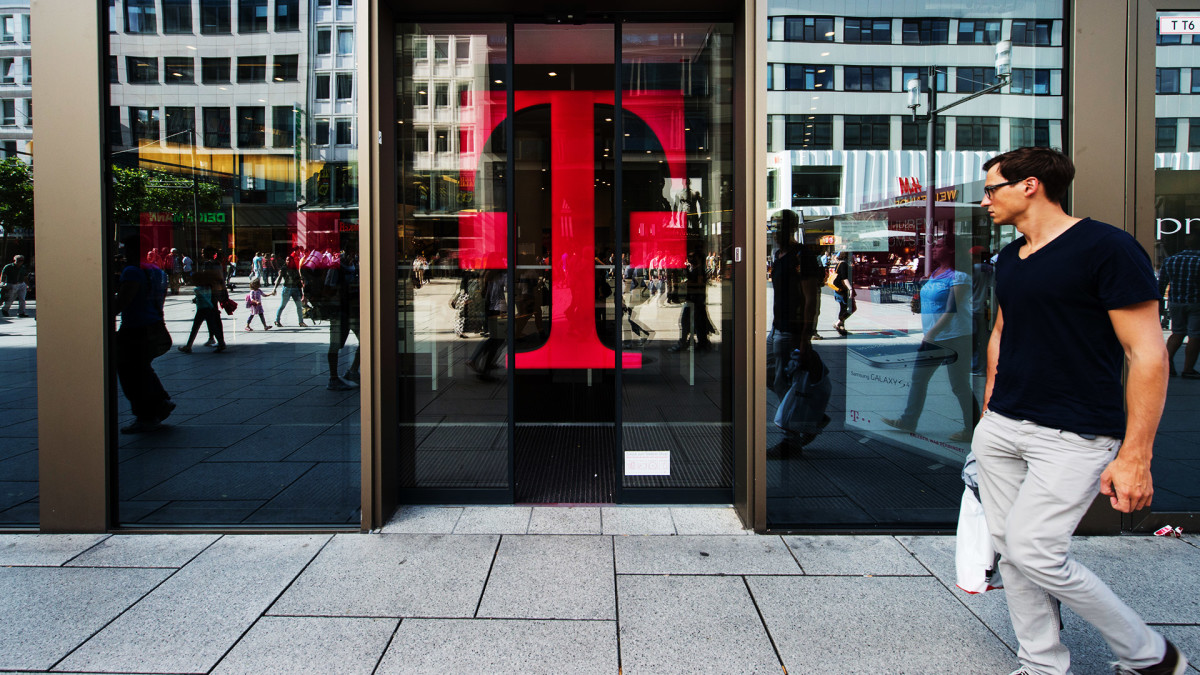Microsoft’s $80B AI shift: What it does to your money
Microsoft is making significant changes with respect to the future of its operations, leading to substantial implications for the tech world. It didn't ask you first, but if you've invested in the S&P 500, the Nasdaq 100, or a few shares of Microsoft through your 401(k), you're already on ...

Microsoft is making significant changes with respect to the future of its operations, leading to substantial implications for the tech world.
It didn't ask you first, but if you've invested in the S&P 500, the Nasdaq 100, or a few shares of Microsoft through your 401(k), you're already on board.
In fiscal 2025, the business plans to invest approximately $80 billion in AI-enabled data centers to train models and operate AI and cloud applications.
Microsoft also cut more than 15,000 workers this year, including almost 9,000 in early July alone. This is one of the most aggressive rounds of layoffs in the company's history.
That odd mix of record AI expenditure and big cutbacks is changing how your portfolio is exposed to Big Tech without you even noticing.
Microsoft’s AI makeover: Record spending, real people out
Microsoft seems to be unstoppable on the surface.
The company's Azure cloud business is expanding at a high rate of more than 10%. AI "copilots" are built into a variety of things, such as Office and GitHub. The stock is a major part of practically every large-cap index fund.
More Tech Stocks:
- Investors hope good news from Nvidia gives the rally more life
- Palantir CEO Karp just settled major debate
- Spotify just solved a major problem for listeners
- Amazon lawsuit could be a warning to other employers
The firm is undertaking two things at once behind the scenes:
- AI spend surges: Company blog and filings reveal plans to pour $80 billion this fiscal year into AI-ready data centers.
- Headcount falls: A July memo confirmed over 15,000 layoffs in 2025, including 9,000 in a single month.
Satya Nadella, the CEO, has said that the layoffs are "weighing heavily" on him. He has also made it plain that Microsoft is restructuring around AI, which implies that there will be more capital investment and fewer layers of personnel.
That doesn't make sense from a worker's point of view. Wall Street sees it as the new normal. Shutterstock
The new Big Tech model is revenue growth not headcount growth
Microsoft is merely the most obvious illustration of a bigger change.
Tech corporations in Silicon Valley are making more money than ever while secretly laying off workers. Over 141,000 IT jobs had been lost in 2025, according to a Washington Post research report that analyzed data from Challenger, Gray & Christmas. This is a 17% increase over the same time last year. Over the previous two years, IT jobs have dropped by around 3% a year throughout the country and by over 19% in California.
Related: Palantir fans: You’re not going to like what just happened
Why are the cutbacks still happening while AI sales are up through the roof? A few reasons keep popping up:
- AI makes each worker more productive, so businesses don't have to recruit back as many people as they used to.
- The pandemic's "growth at all costs" mentality died when borrowing rates went up; boards now want efficiency.
- Investors like discipline, particularly when a firm can prove that its revenues are going up even when its number of employees is staying the same or going down.
That’s the world Microsoft, and a lot of other tech giants, are in now. It’s no longer just about beating the top line. It’s about proving it can grow earnings while keeping payroll tight and redirecting cash into AI infrastructure instead.
The $300 billion AI bill hiding behind the layoffs
The human part of this is shown in pink slips. On the capex line, you can see the money side.
Analysts and data-center trackers currently estimate that the four U.S. hyperscalers, Microsoft, Amazon, Alphabet, and Meta Platforms, will spend more than $300 billion on capital expenditures in 2025, primarily for AI-driven data centers and networking, according to CNBC.
Related: Samsung’s Galaxy S26 makes big bet on thin phones, in-house chips
In a general sense:
- Microsoft plans to spend around $80 billion on AI-focused data centers and cloud infrastructure in fiscal year 2025.
- Amazon's capital expenditures are estimated to be above $100 billion in 2025. CFO Brian Olsavsky says a significant portion of this money is for AWS and AI.
- Alphabet boosted its 2025 capital expenditures forecast to $91 billion to $93 billion as it pushes to construct AI infrastructure for Search, YouTube, and the cloud.
For earnings, the trade looks like this:
- Right present, layoffs are cutting operational costs since wages and benefits are leaving SG&A and R&D.
- AI infrastructure shows up as capital expenditures that lose value over time, which means they don't have a big effect on earnings right away.
- Investors profit if the AI gamble pays off by bringing in more money, greater automation, and higher margins. Shareholders will have to pay for a highly costly weapons race that also costs thousands of people their jobs if it doesn't.
- Nvidia and other chipmakers are on the opposite side of that deal. Every time Microsoft and other companies fire a team and buy additional GPUs, the "AI arms dealers" that sell that technology become a greater part of your portfolio narrative.
For earnings, the trade looks like this:
- As salary and benefits leave SG&A and R&D, layoffs lower operational costs.
- AI infrastructure investment depreciates over years, minimizing earnings effect.
If the AI investment yields more money for AI, leads to greater automation, and results in higher margins, investors benefit. Shareholders will pay for a highly costly weapons race that also costs thousands of people their jobs if it doesn't.
Related: The $1 billion bet: how Nokia stake fits Nvidia's AI roadmap
Nvidia and other chipmakers are on the opposite side of that deal. Every time Microsoft and other companies fire a team and buy additional GPUs, the "AI arms dealers" that sell that technology become a greater part of your portfolio narrative.
How this quiet reset hits your index funds
You don't have to own Microsoft to be at risk.
Microsoft is one of the biggest companies in the S&P 500 and Nasdaq 100. Alphabet, Meta, Nvidia, and Amazon are close behind it. You have wagered that their AI-heavy, lean-headcount plan will work if you hold a wide index fund.
Related: Is Nvidia’s AI boom already priced in? Oppenheimer doesn’t think so
For now, Wall Street loves this because:
- More people are working for the company, but revenue is expanding faster than that.
- In a harder rate environment, cost reduction, simpler org charts, and AI solutions assist protect operational profits.
- Big AI capital expenditures make it hard for smaller competitors to climb over the moat.
But it also means your retirement plan is increasingly vulnerable to one fundamental question: Is the AI reward worth the cost in terms of money and people?
Four numbers that tell you if the AI bet is working
You don't need a spreadsheet full of calculations to see whether Microsoft's AI shift (and the ones that replicate it) is really benefiting you. These four lines from each earnings report reveal much of the story:
- Revenue per employee: Rising output with flat or lower headcount signals real AI-driven efficiency.
- AI capex as % of revenue: A higher ratio shows the company is committing to AI infrastructure.
- Operating margin trend: Margins must improve despite big AI spending and layoffs.
- Share count + capital returns: Buybacks and dividends indicate cash flows are strengthening, not just shifting on paper.
You can get all of this information from Microsoft's filings and investor presentations. The same criteria works for Amazon, Alphabet, Meta, and Apple.
The AI bet you already own whether you like it or not
The new formula from Microsoft is simple: more GPUs and fewer humans.
You may not have known it, but if you have an S&P 500 or Nasdaq 100 fund, you've already voted for that formula. Your money is helping to pay for a $80 billion AI build-out at the same corporation that recently fired more than 15,000 workers.
Related: Why Nvidia’s 'big sellers' might secretly be its biggest believers
You don't have to like that trade-off. But you should be able to see it plainly.
For individual investors in the AI age, the key question isn't simply what Microsoft will make next. When you look at your next quarterly statement and decide whether you still want to own the AI experiment you're in, you have to ask yourself if exchanging bodies for data centers really seems like a reasonable idea.
What's Your Reaction?





















































